People would immediately think of the ocean as their scuba diving locations. However, it’s perfectly fine to dive in freshwater. In fact, some divers even prefer freshwater over saltwater environments.
Freshwater diving is different from saltwater diving, so much so that it often takes beginners by surprise. But if you’re thinking about trying something new and making the shift to freshwater diving, there are some things you need to account for.
Advantages of Diving In Freshwater
Diving in freshwater offers several advantages, and one of which is the opportunity to see an entirely new aquatic ecosystem.
Saltwater environments have a larger variety of animals and plants, whereas freshwater tends to have fewer and more specific species.
Depending on the location, freshwater diving may be more convenient than saltwater diving. If you live in a location where there’s no beaches or rivers around, it may take you a while to reach your destination.
If there’s a lake nearby, you won’t have to waste your time and gas driving far.
Additionally, riptides are also less likely to occur in freshwater. When diving in the sea, you may get swept away by riptides.
Disadvantages of Freshwater Diving
However, there are a few disadvantages to freshwater diving. For instance, freshwater is colder than saltwater. As a result, some divers may feel discomfort when diving in freshwater, especially if they aren’t using the appropriate equipment.
Certain freshwater environments also have poor visibility. Dirt, debris, and sediment floating through the water may restrict your ability to see underwater.
Using high-quality diving equipment can help, but freshwater environments aren’t typically as clear as saltwater environments.
And as previously mentioned, there is also less diversity in terms of freshwater ecosystems.
If you’re looking to encounter various aquatic animals and plants, you may want to stick with the traditional saltwater diving.
How To Choose a Freshwater Diving Location
If you’re planning to dive in freshwater, you need to choose the right place.
Rivers are usually a poor choice because of their fast-moving currents and shallow depths. So, you might want to dive in a large lake or pond.
You can also find a list of the world’s top locations for freshwater diving on the website of the Professional Association of Diving Instructors (PADI).
But regardless of which kind of freshwater you intend to dive in, you should always do your research first. You can look for reviews and then decide whether it’s suitable for diving.
If a location has a lot of good comments from previous divers, it’s safe to assume that the location is a great place for your freshwater dive. But if most comments are negative, you may want to look for some place else.
Tips on Freshwater Diving
While riptides are less common in freshwater, injuries might still occur if you don’t take the appropriate safety measures. By following basic tips, you can safely enjoy exploring freshwater environments.
These 6 freshwater diving tips will have you ready in no time.
Understand the Freshwater Environment
In freshwater environments, the density is much lower and marine life is going to look and behave differently.
Some freshwater environments have poor visibility. So, it’s best to invest in a high-quality diving mask to improve your visibility underwater.
You also need to plan your freshwater dives during the day. While night diving seems peaceful and serene, the water at night can be cooler and it provides lower visibility.
It’s also best to dive with at least another person.
Know the Risks & Hazards
Aside from a completely new environment, freshwater also presents its own dangers and hazards, and that includes natural dangers and man-made ones.
Be cautious of potential dangers on the bottom. From old boats and anchors to fishing lures, there are plenty of hazards lurking at the bottom of freshwater bodies.
With that said, it’s a good idea to bring a knife or a sharp object with you that can cut through lines and other materials that you come across.
Wear Foot Gear
Most divers that dive in saltwater do not need to worry about bringing foot gear because they are carried out by a boat to the dive site.
In freshwater locations, you often have to walk to the location or walk into the water to begin your dive.
Pollution can also be found on lake beds or hidden in the shoreline so it is crucial to wear protective foot gear when diving in freshwater.
Know the Altitude
Since many lakes and freshwater bodies are found at high elevation, the altitude where you are diving is going to be different.
So, you should always be aware of the altitude of the area you are diving so that you can treat it as an altitude dive.
Maintain Neutral Buoyancy
Unlike in saltwater, many items that you would expect to float will sink in freshwater. So, it is important to be extra aware of your buoyancy and of the objects you bring on a freshwater dive.
Your buoyancy levels in freshwater will be different if you are used to diving in saltwater, making you heavier than normal.
Make sure you complete a thorough buoyancy check before you start diving and maintain a neutral one for a successful freshwater dive.
Invest In Underwater Scooters
There are freshwater bodies such as rivers that have strong currents which can carry you away.
And since freshwater has less buoyancy than saltwater, underwater scooters can help move you forward in the water.
Underwater scooters are ideal for freshwater diving since it can safely pull you through the water at speeds of up to 9 mph.
But like any other equipment, it’s best to invest in something that’s durable and reliable to make your underwater adventure even more enjoyable.
You’re All Set
Freshwater diving is a completely new experience and can be quite different from diving in saltwater, but the encounter is almost similar. Just try to keep in mind all the things mentioned above and you’re good to go.
Photo credit to @thejeremytownsend

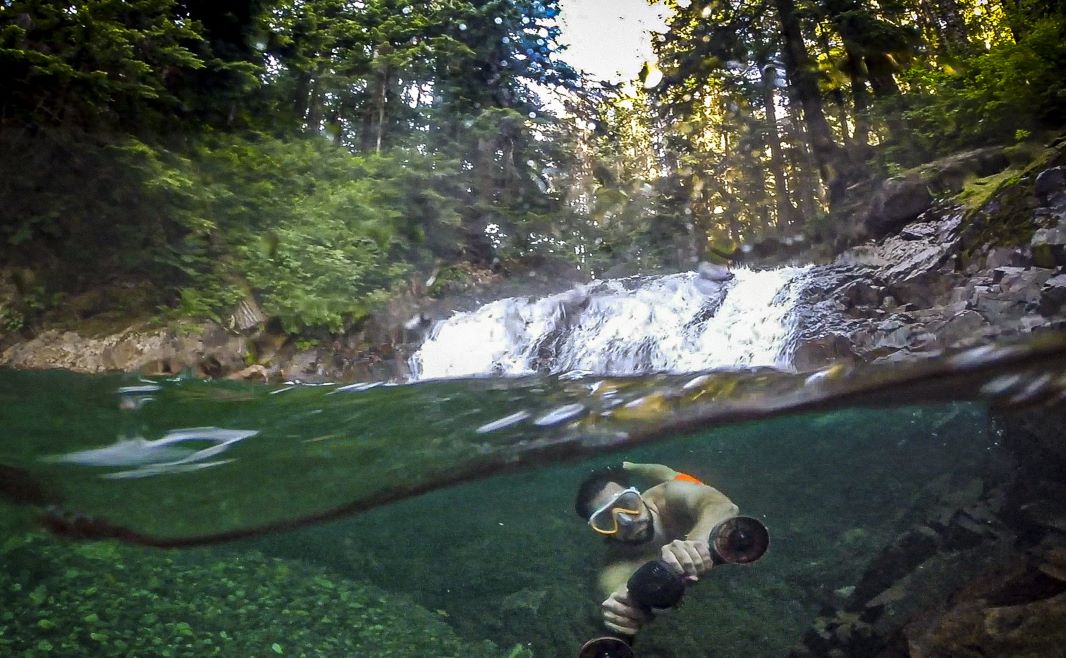
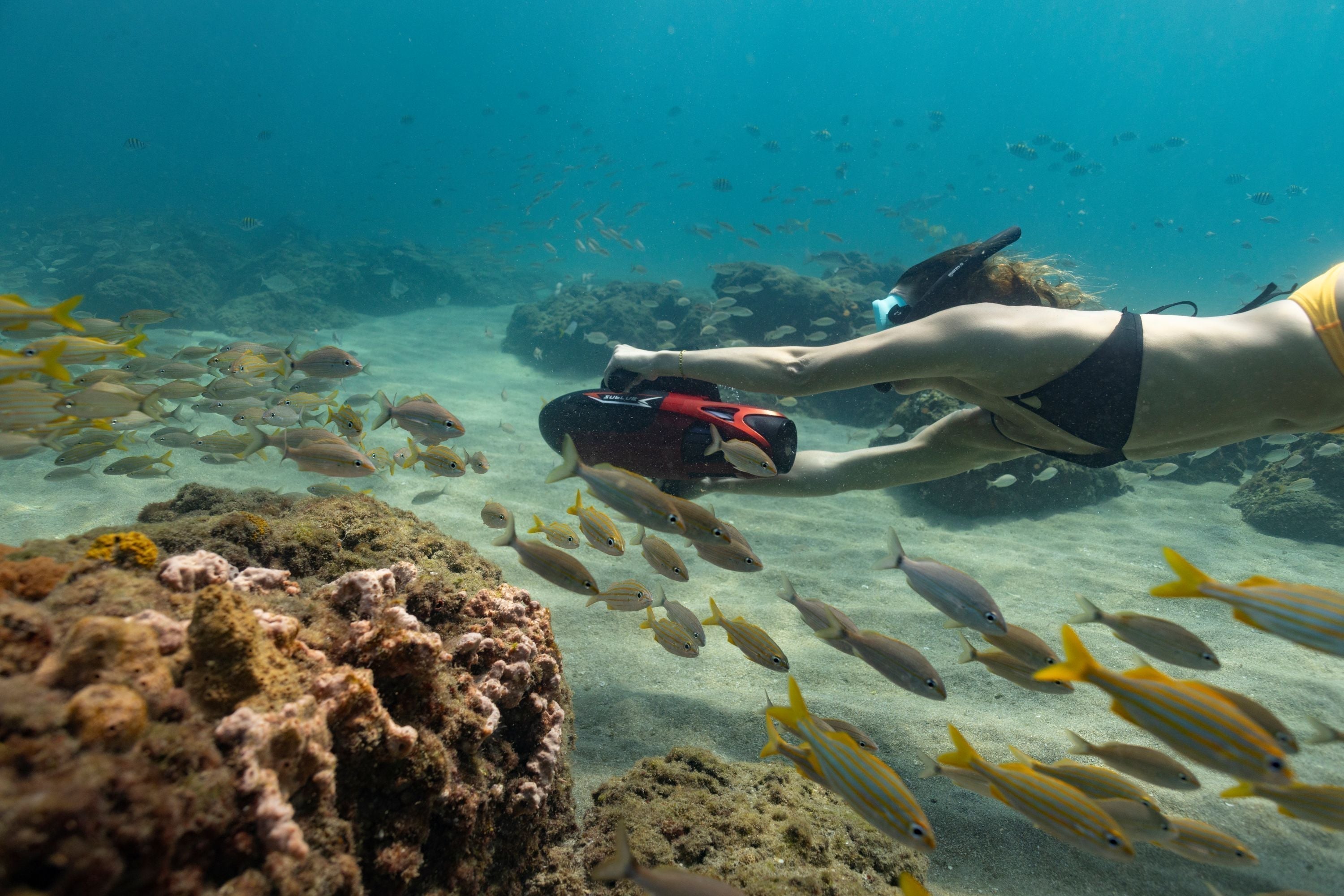
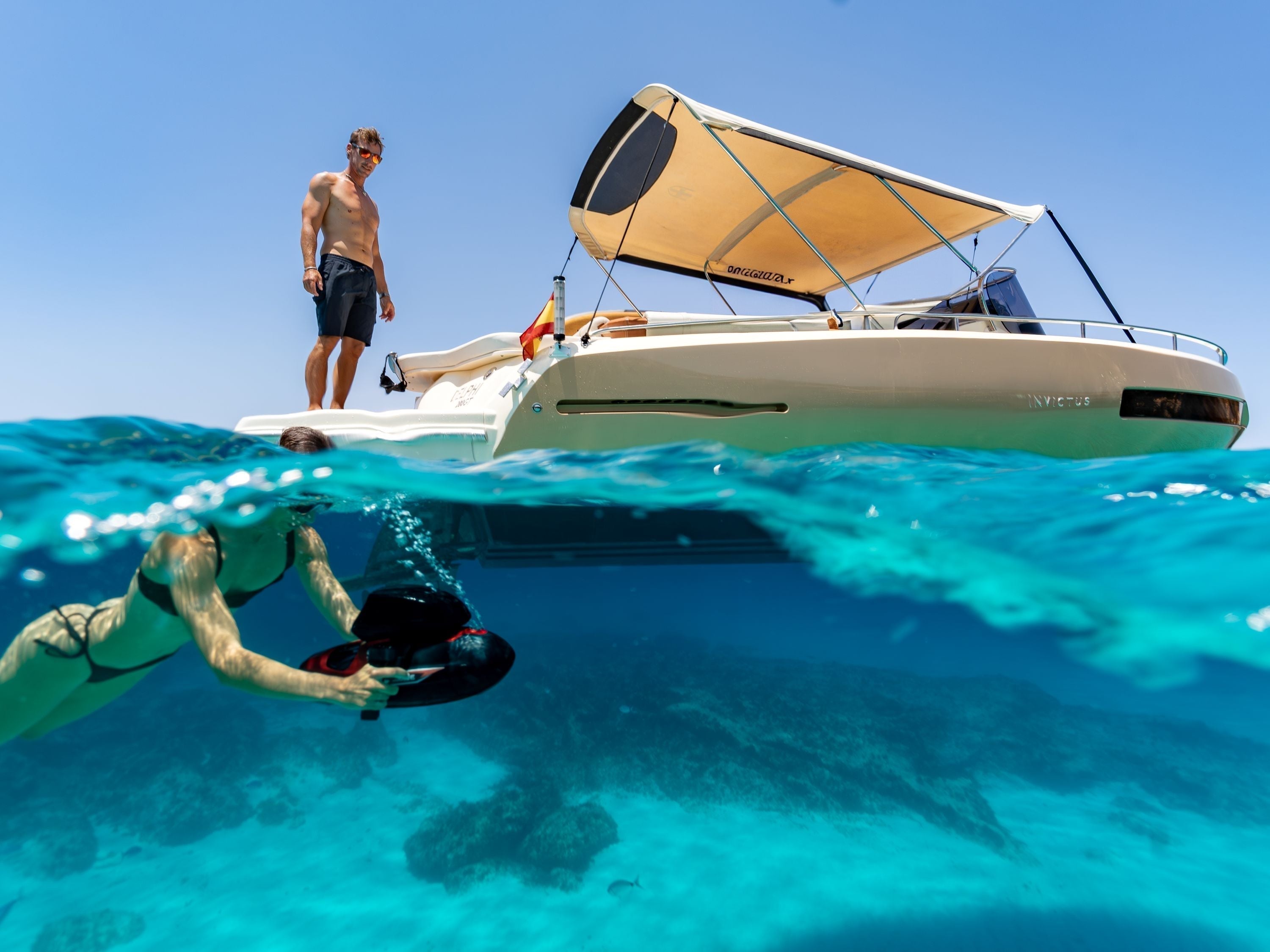
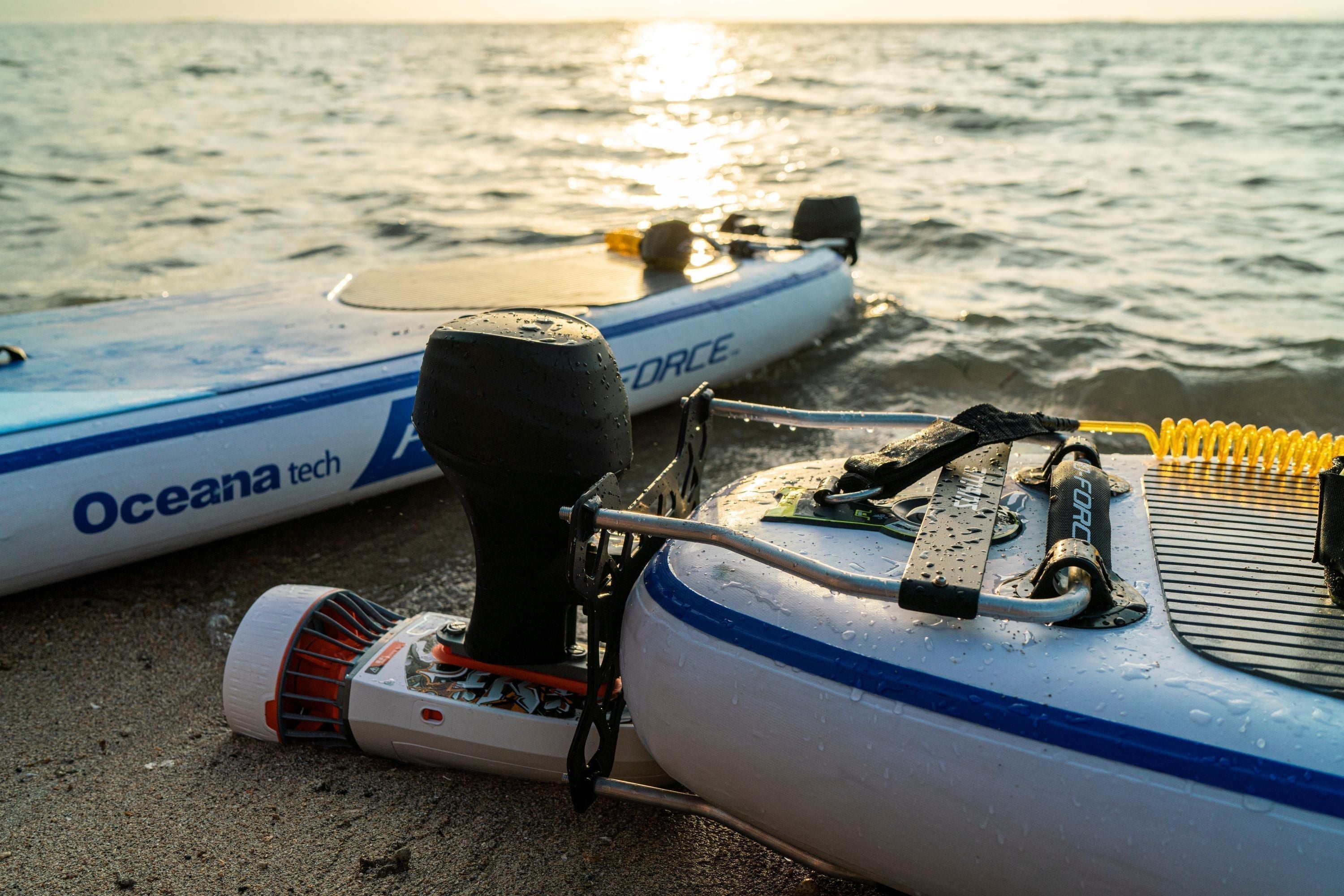
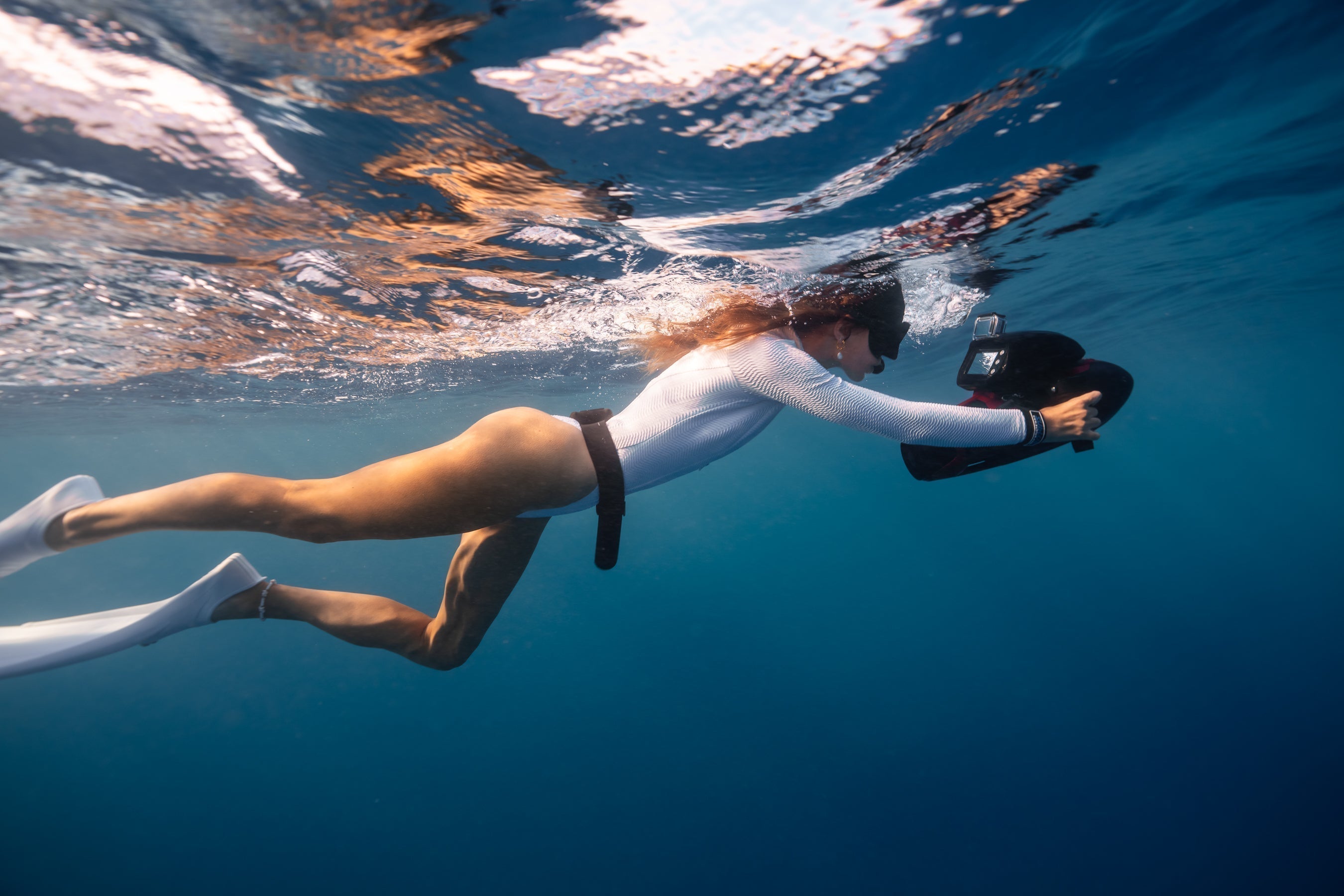


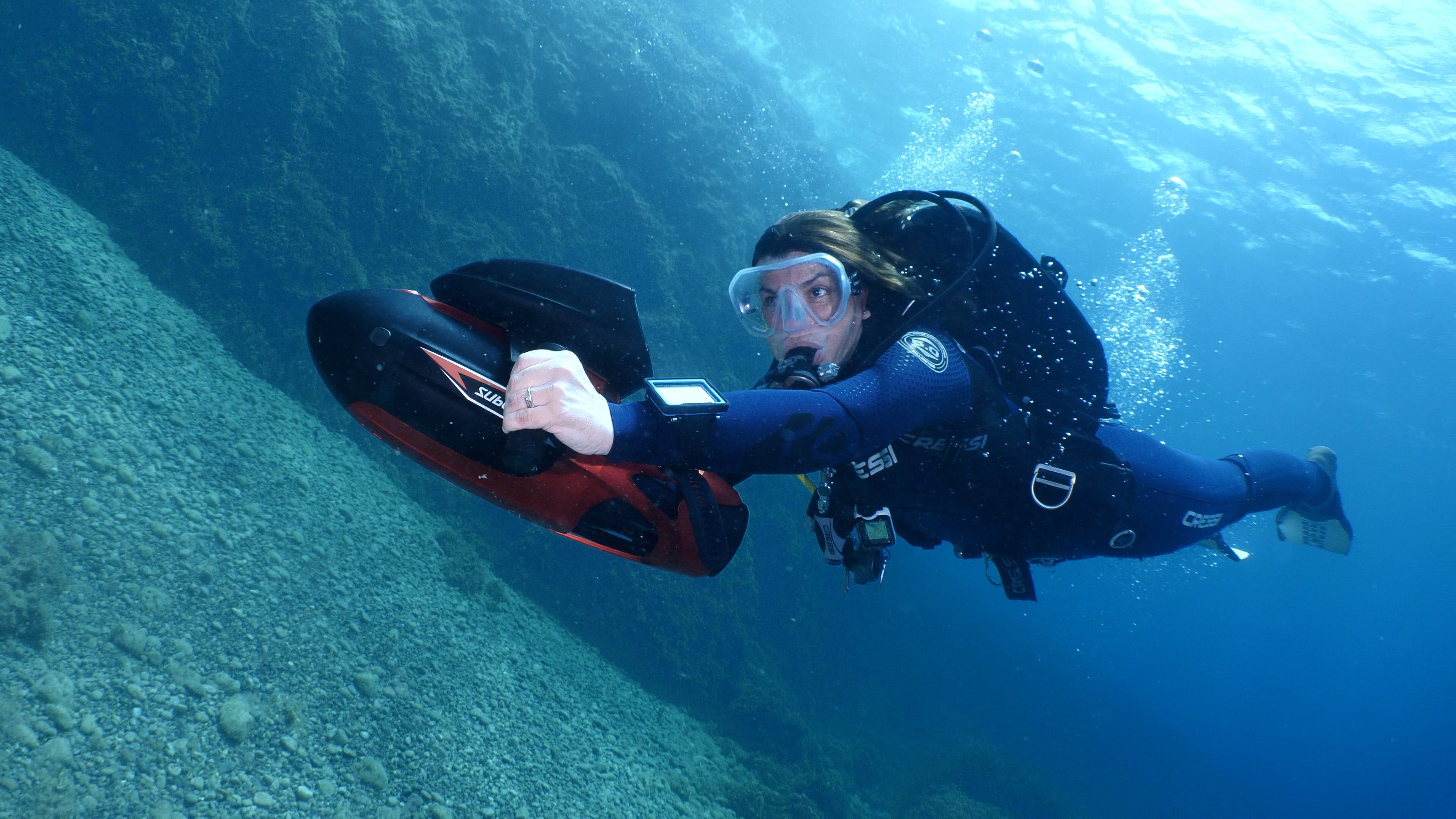
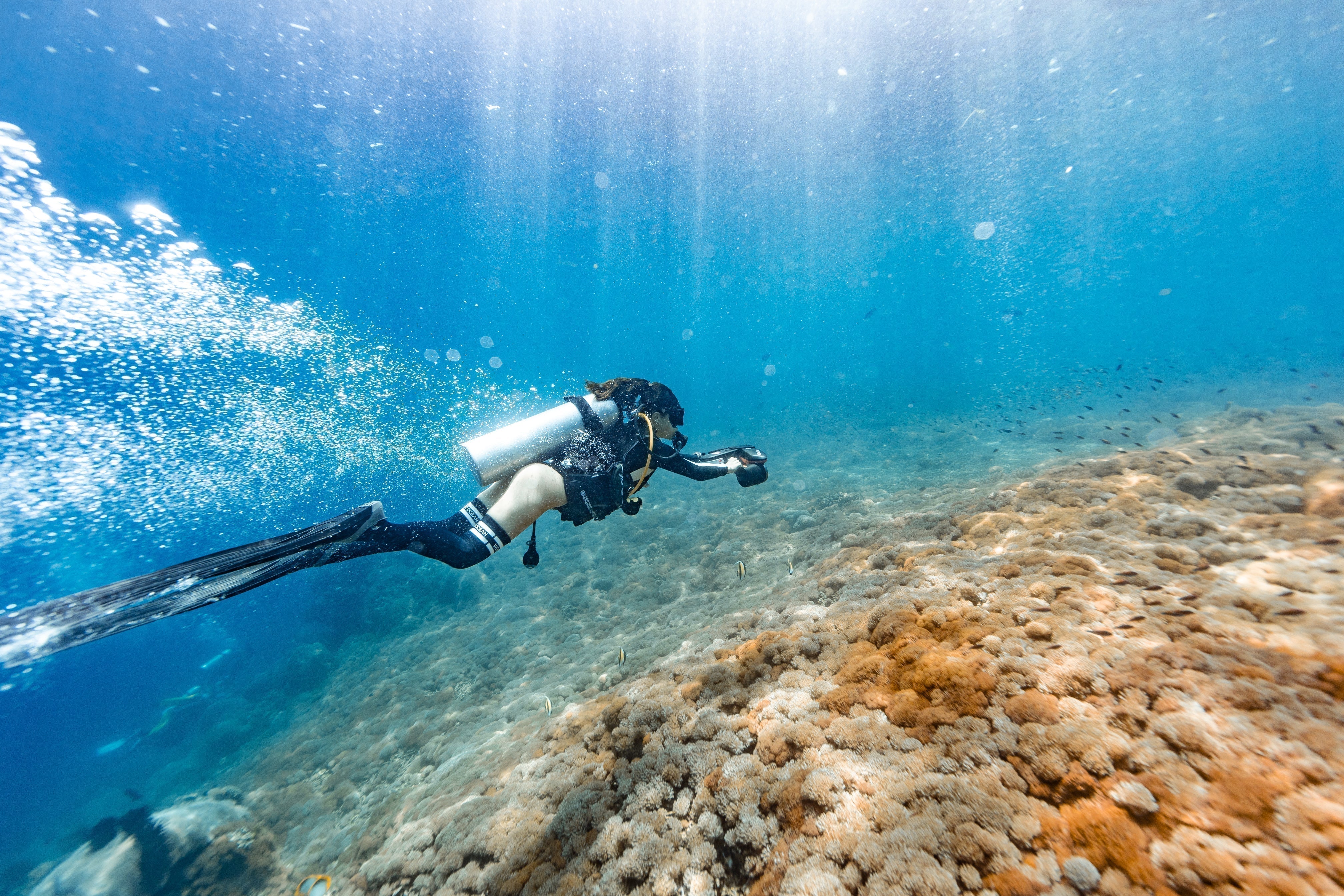
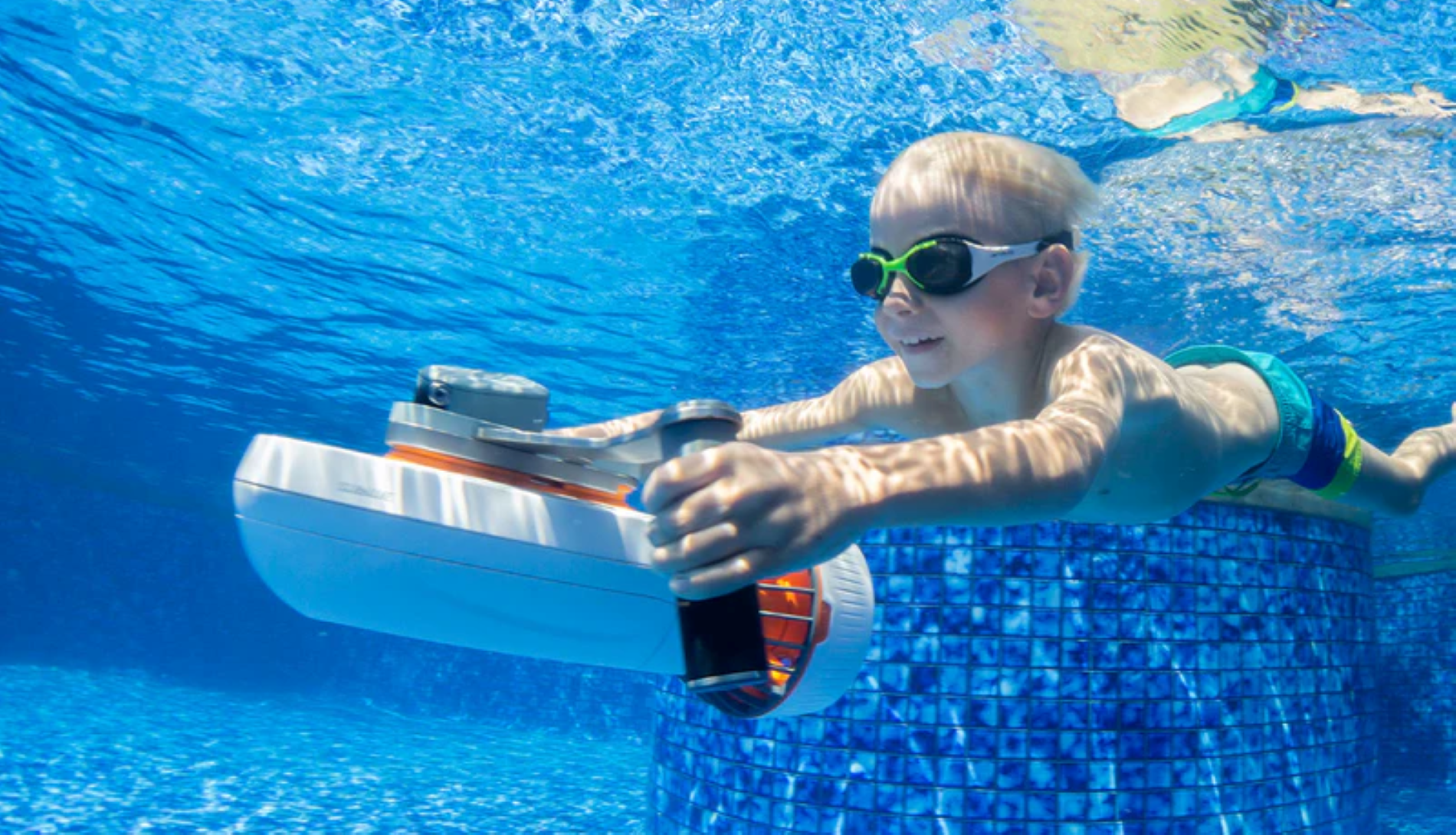
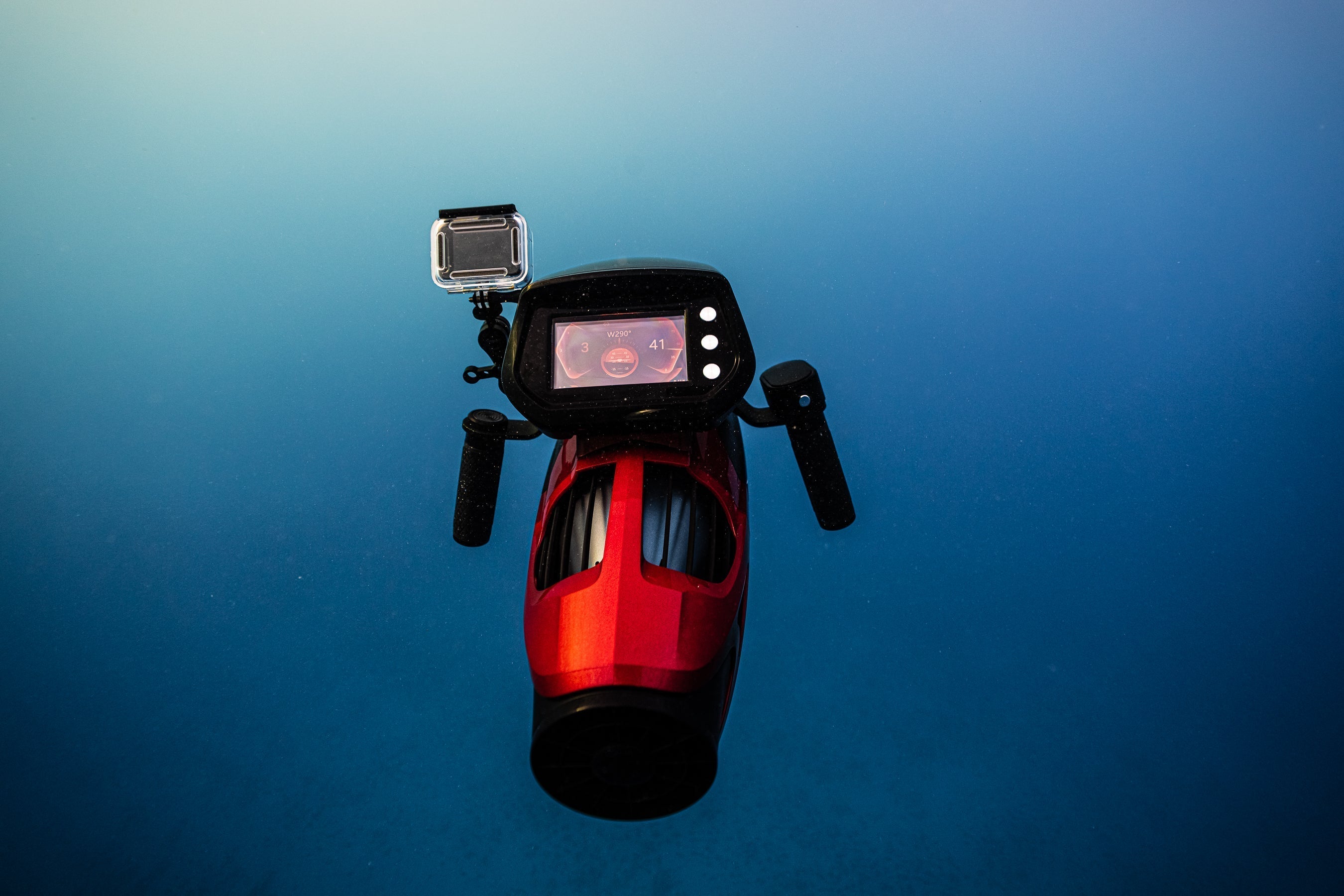
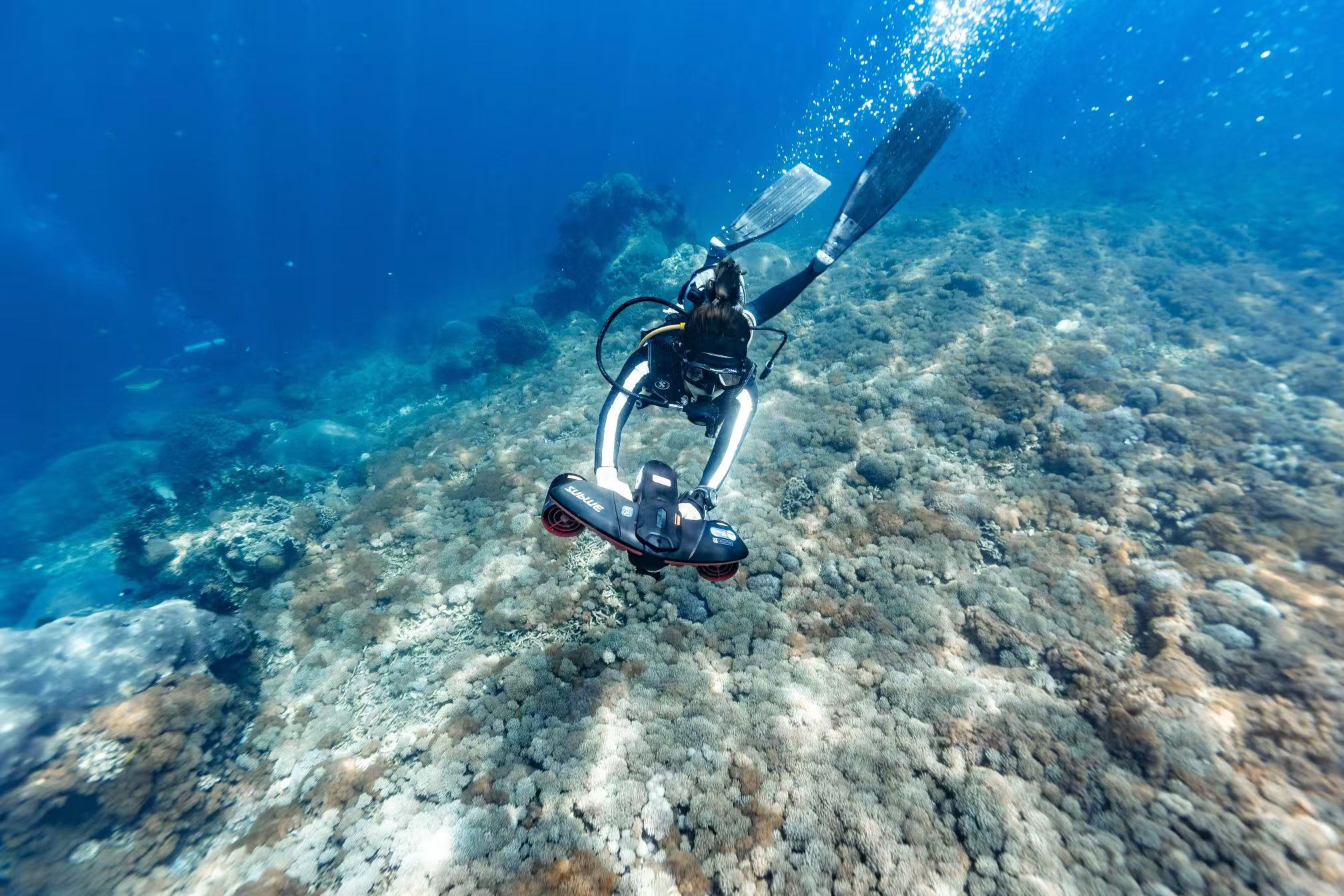
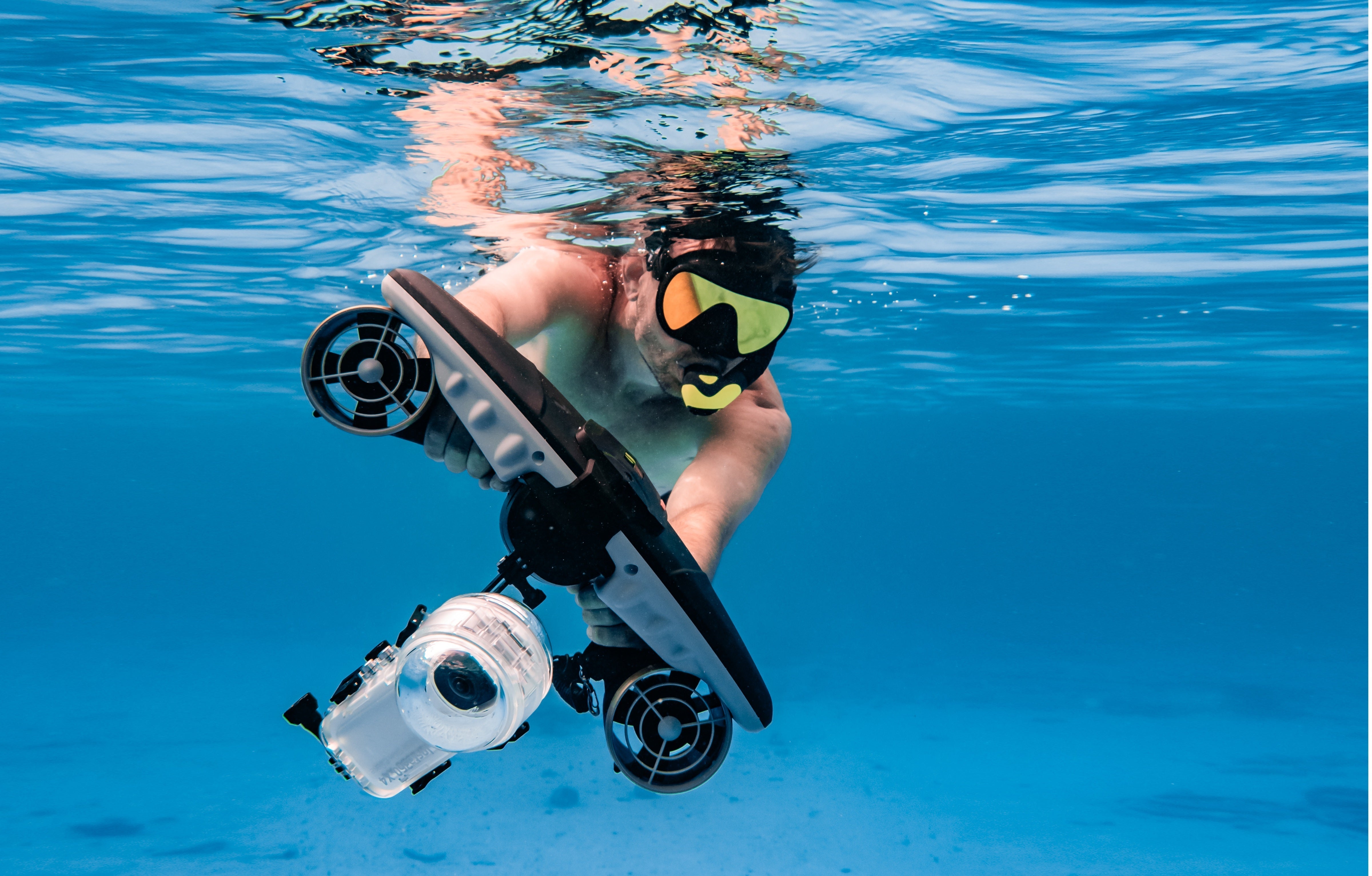
Share:
Things to Look for in an Underwater Scooter
Why Is Saltwater Diving Good For Your Health?